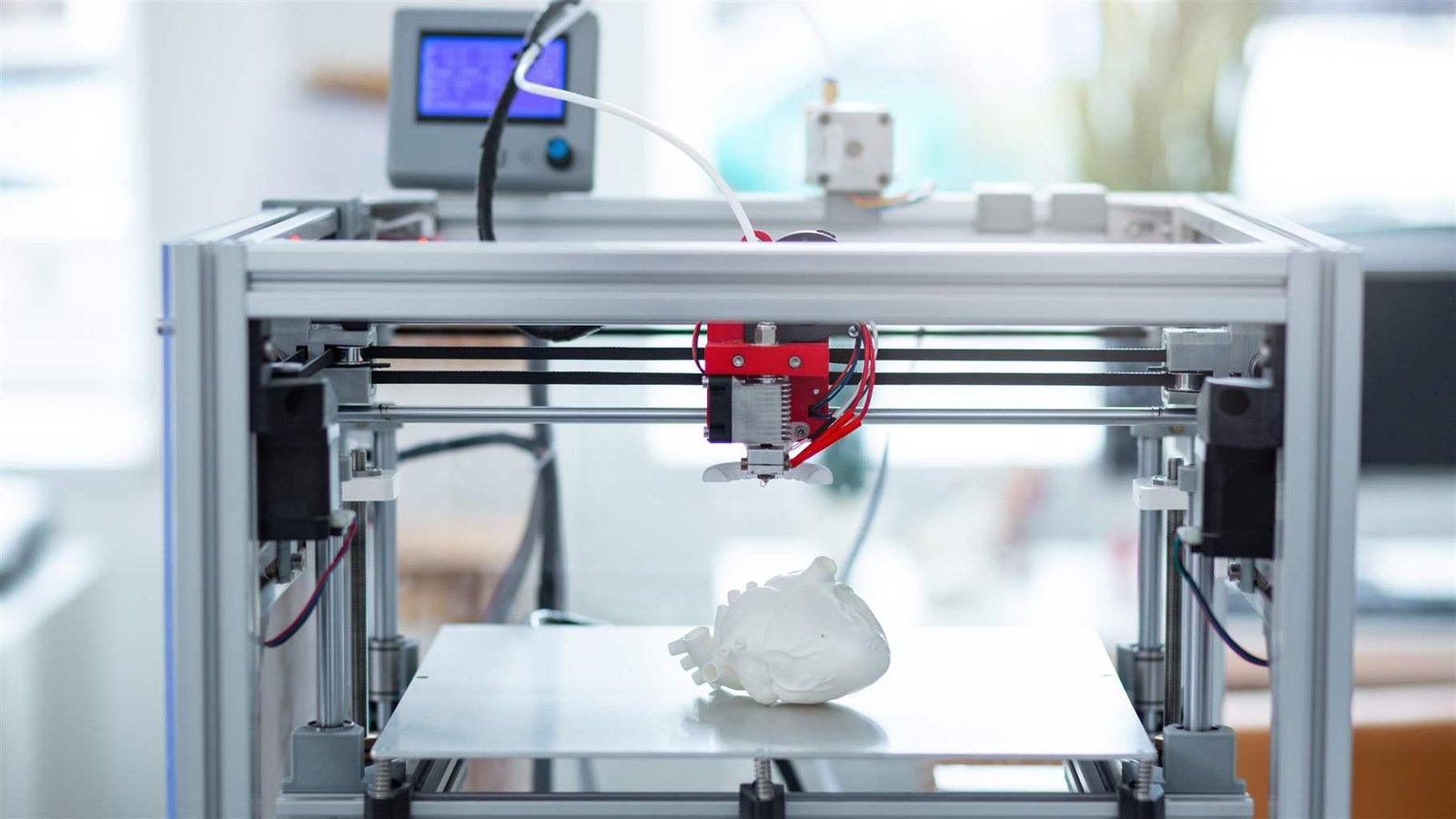In the realm of technology, few innovations have sparked as much excitement and potential as 3D printing. What was once a concept relegated to science fiction has now become a transformative force in both manufacturing and healthcare. The ability to create intricate, customized objects on-demand has opened new doors for industry and medicine alike. In this article, we will delve into the burgeoning role of 3D printing in these two critical sectors and explore its myriad applications.
Manufacturing Revolutionized
The manufacturing industry has been one of the primary beneficiaries of 3D printing technology. Traditional manufacturing processes involve subtracting material from a larger block, often leading to significant waste. 3D printing, on the other hand, is an additive manufacturing process, meaning that material is deposited layer by layer to build the desired object. This approach drastically reduces material waste and allows for the creation of complex geometries that were previously impossible or incredibly expensive to produce.
One of the key advantages of 3D printing in manufacturing is its ability to enable rapid prototyping. Companies can design and iterate on product prototypes quickly, saving both time and resources. This agility has been a game-changer for industries ranging from aerospace to automotive and consumer goods.
Furthermore, 3D printing enables just-in-time manufacturing, reducing the need for large warehouses to store excess inventory. Manufacturers can produce items as needed, reducing costs and environmental impact.
Healthcare’s Transformation
In healthcare, 3D printing has emerged as a groundbreaking technology with a profound impact. Customization is the hallmark of this technology’s application in the medical field. For example, 3D printing allows for the creation of patient-specific implants and prosthetics tailored to an individual’s unique anatomy. This not only improves the fit and function of these devices but also enhances patient comfort and recovery.
Surgeons also benefit from 3D printing’s ability to produce accurate anatomical models from medical imaging data. These models serve as invaluable tools for surgical planning and education, allowing for a deeper understanding of complex procedures and reducing the risk of complications.
Perhaps one of the most remarkable applications of 3D printing in healthcare is the production of bioprinted tissues and organs. While this field is still in its infancy, researchers are making significant strides in creating functional, lab-grown organs that could one day alleviate the shortage of donor organs for transplantation.
Challenges and Future Prospects
Despite its immense potential, 3D printing in both manufacturing and healthcare faces its share of challenges. Quality control, material limitations, and regulatory hurdles are some of the obstacles that need to be overcome for broader adoption. Moreover, ethical considerations arise, particularly in healthcare, where bioprinting raises questions about the creation of life-saving organs and tissues.
Nonetheless, the future of 3D printing remains bright. As technology continues to advance, we can expect even more applications to emerge. From creating sustainable, 3D-printed housing to producing intricate dental implants, the possibilities are vast.
In conclusion, 3D printing has revolutionized manufacturing and healthcare by offering customization, efficiency, and innovation. Its impact on these sectors has been profound, with the potential to continue reshaping industries and saving lives. As researchers and engineers continue to push the boundaries of what’s possible, the role of 3D printing in our lives will only become more significant.





